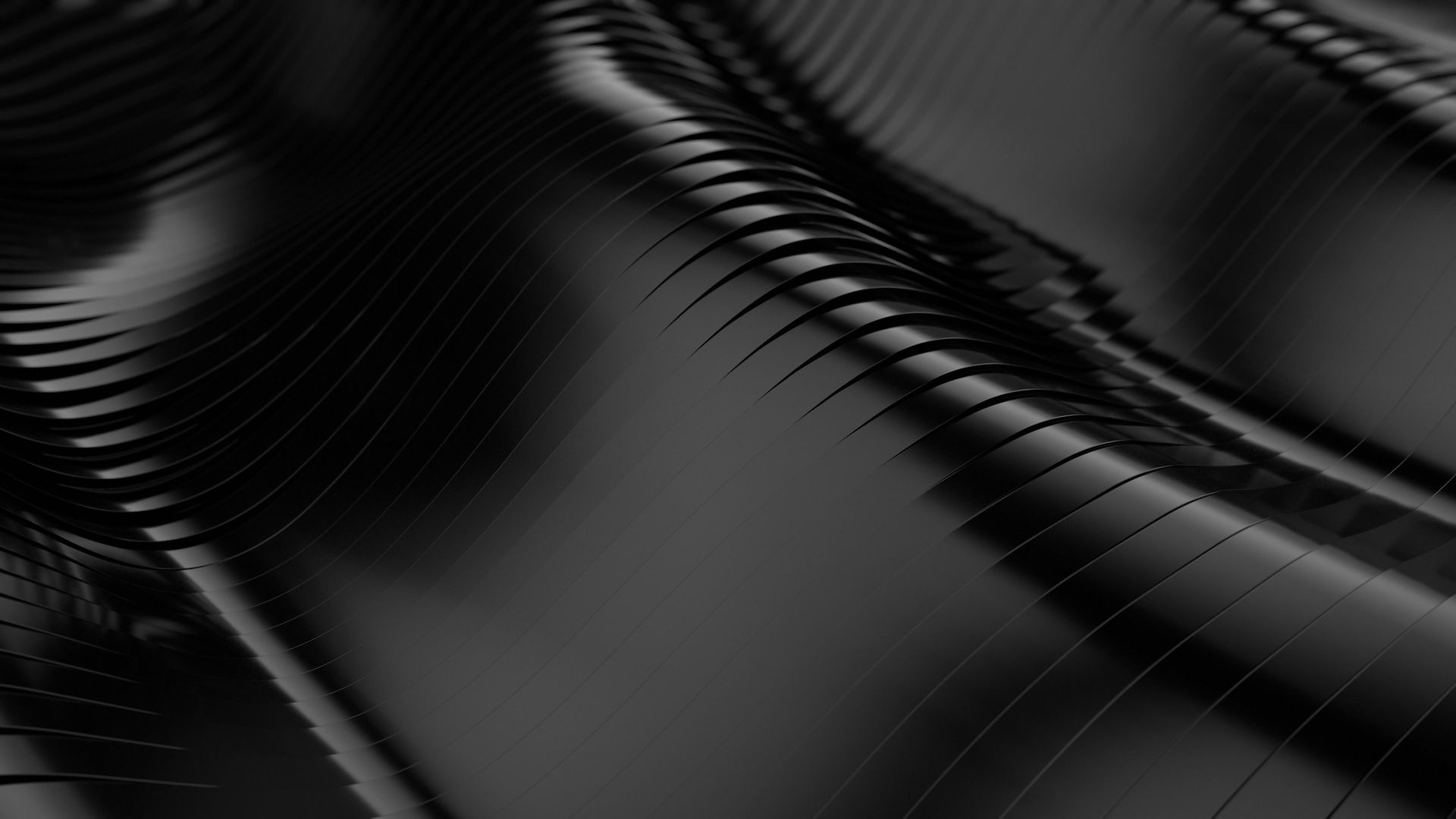
Photography as Art
Photography was not always considered an art. His integration into art was a much discussed process that began with portraiture photographers. The photographic portrait was well received as a replacement for the painted portrait since this one was much cheaper. As the photographic portrait replaced the painted portrait, a great number of painters decided to become photographers retratistas to survive. This was the case of Felix Tournachon, Gustave Le Gray and the second of the Bisson brothers. This was the first entry of photography into the artistic medium. In addition these painters were some of those who fought for the photography to be considered an art.
In the middle of the nineteenth century appeared a new artistic trend, naturalism. The appearance of this new tendency, centered on objectivity, sought to imitate reality and nature with a high degree of perfection and despised subjectivity. Thus, naturalism was the door that opened to give photography a real importance in art since, by imitating almost perfectly the reality, it far surpassed painting in this aspect. On the other hand, the constant development of Photography at that time, basically with the new techniques on the use of sunlight, gave rise to photos with a greater aesthetic meaning, which led to a new approach of photography towards art.


Later techniques were discovered using egg white, which made it possible to get the image itself to be etched on the paper. This technique was perfected thanks to the understanding of the chemical phenomenon involved and to a continuous experimentation with alternative materials. Soon it was possible to have a box with a photosensitive paper hidden from the light, a barrel with which to focus, and a [[shutter]] to make the light pass long enough to impress the film .
Photography as art, science and human experience evolved in parallel during this time. As soon as it was possible to make the camera an easy-to-use mobile device, it was possible to influence the viewer through the position of the camera and its focus, which allowed the subjectivity of the photographer to be transferred to the photograph , As well as building an artistic language.
At present, artistic photography itself has a very subjective character. Impressionism in painting and its subsequent march towards the abstract had a great effect on photography. At present, pure artistic photography is almost completely subjective and the manipulation of images has become a fundamental tool in their artistic expression.
The photographic artistic language started from the inheritance of the painting. However, he quickly expanded his lexicon thanks to the ease of making extreme approaches (chopping, contrapicado, etc.), capturing movement with long shutter times and the decision of the moment. The pressure on the photographer to mark his subjectivity in photography forged a language full of subtleties but perfectly understandable, very direct for any observer.
Today photography is practiced by millions of people around the world armed with good cameras. Currently preferring cameras with a good [[optical lens]] and many options that add flexibility, compared to consumer oriented cameras, where the optics and the shutter is driven by the electronics subtracting the fact of making a large picture of Its unpredictability. The emergence of digital cameras, mixed cameras with video and photography in environments of virtual reality complicate, enriching, the future of this art.




Fotografías By Rey Trigueros





